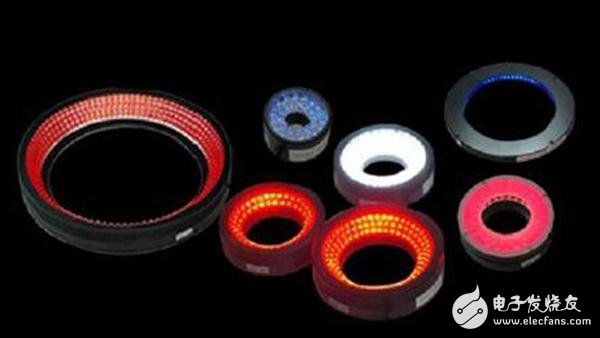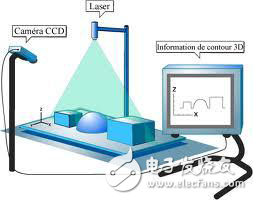Lighting is an important factor affecting the input of a machine vision system because it directly affects the quality of the input data and at least 30% of the application. Since there is no universal machine vision lighting device, the corresponding lighting device should be selected for each specific application example to achieve the best results. The following is mainly for the part of the machine vision system light source to explain the current knowledge of the general use of light source and lighting system.
In the past, many industrial machine vision systems used visible light as a light source, mainly because visible light was readily available, inexpensive, and easy to operate. Several commonly used sources of visible light are white, fluorescent, mercury, and sodium. However, one of the biggest drawbacks of these sources is that light energy cannot be kept stable. Taking fluorescent lamps as an example, in the first 100 hours of use, the light energy will drop by 15%, and as the use time increases, the light energy will continue to drop. Therefore, how to make the light energy stable to a certain extent is an urgent problem to be solved in the practical process. On the other hand, ambient light will change the total light energy that these light sources illuminate onto the object, causing noise in the output image data. Generally, a protective screen is added to reduce the influence of ambient light.

Due to the above problems, in today's industrial applications, for some highly demanding visual inspection tasks, invisible light such as X-rays and ultrasonic waves is often used as a light source. However, invisible light is not conducive to the operation of the machine vision inspection system, and the price is high. Therefore, in practical applications, visible light is still mostly used as a light source.
The lighting system can be divided into: backlight, forward illumination, structured light and stroboscopic illumination according to its illumination method. Among them, the back illumination is placed between the light source and the high speed camera, and has the advantage of obtaining a high contrast image. The forward illumination is that the light source and the high-speed camera are located on the same side of the object to be tested, which is convenient for installation. The structured light illumination projects a grating or a line source or the like onto the object to be measured, and demodulates the three-dimensional information of the object to be measured according to the distortion generated by them. The stroboscopic illumination is to illuminate a high-frequency light pulse onto an object, and the camera is required to synchronize with the light source.


Institutional light
There is a very mature design rule for the choice of lens, and the light rule is relatively small. A thing to be imaged, light must be emitted from the light source, reflected on the surface of the object and then collected by the lens. If the light source does not contain the required light, then the light will not be part of the image. With today's experience, we can use ambient light directly for observation. In machine vision applications, we need to give the light source in a controlled way to achieve the exact characteristics we need and to minimize interference characteristics. Natural light is dangerous because it can change unexpectedly.
It is best to combine visual optics and imaging optics in one system. The light source should include all the light that the lens can collect, which will be part of the image. At the same time, it should not include light that is not needed in the image, such as those that fall outside the perspective of the lens. These extra light can only increase the illumination and this reduces the contrast. If the optical principle and the imaging device are not combined, the match between them will be difficult to obtain.
Optical systems are the hardest part of machine vision optics design and require more experience and experimentation. The lens must be able to handle all of the light entering its field of view and at an acceptable angle, even with little light. The light source must contain a lot of light, it must be able to provide the desired light to the object, it may cover a large solid angle. Therefore, although the light source is a smaller part of the budget compared to the lens and the high speed camera, it has a significant impact on the overall visual inspection.
DB25 Female Connector, DB25 Male Connector,DB9 Male Connector,DB9 Female Connector,DB9 Right Angle Backshell,Molded D-Sub Cables
The On-site injection molding enables us to custom mold your D-Sub assemblies to your specs with logos. We are tooled for:
DB9 molded cables,,DB25 molded cables, DB50 molded cables, HD15 molded cables
DB Backshell or Boot-Kit Cables: The backshell cans and boot-kits are available for D-Sub DB15 cablesD-Sub DB37 cables.
Backshells are offered for: D-Sub high-density HD26, HD44, HD62, HD78
D-sub cable, DB cable, 9pin DB cable, molded DB connector, Data Cable
ETOP WIREHARNESS LIMITED , https://www.etopwireharness.com